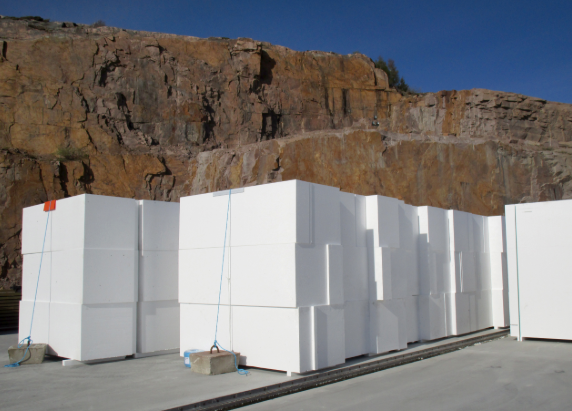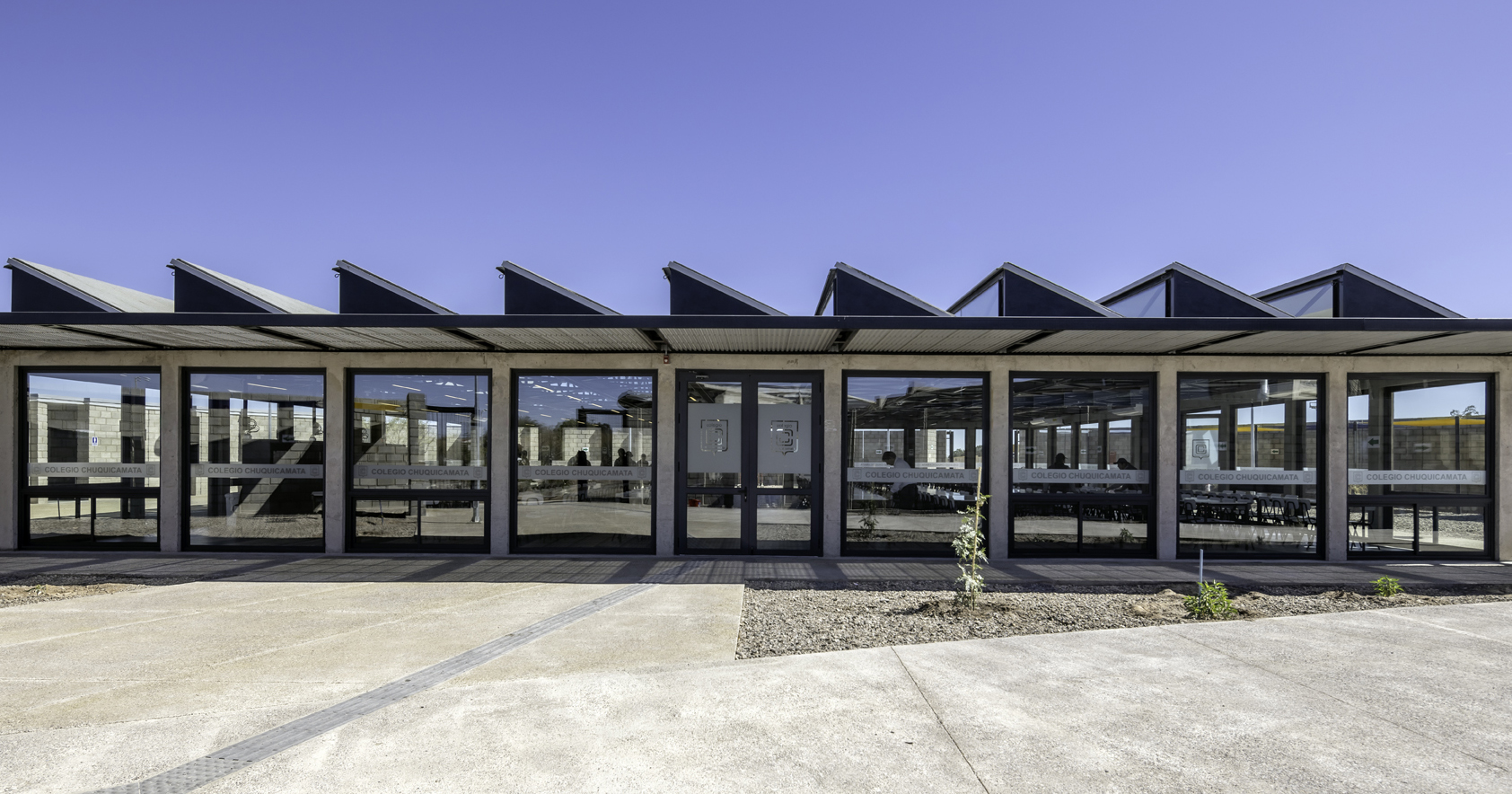Building on Soft Ground: Why Geofoam Is the Engineer’s Choice

Geofoam is quickly becoming favored among engineers, particularly when building on soft ground.

Known for its lightweight and durable nature, geofoam is essentially a block or slab of expanded polystyrene (EPS) that can be used in various construction applications. Initially developed in the 1960s, geofoam is celebrated for its high strength-to-weight ratio and versatility. One increasingly popular use is geofoam for landscaping, which enhances the stability and aesthetic appeal. This post will explore why geofoam is a top choice for engineers with soft ground conditions.
Benefits of Using Geofoam on Soft Ground
One of the primary benefits of geofoam is its lightweight characteristic, which significantly reduces the load on soft soils. Traditional materials like soil or concrete can add tremendous weight to an already unstable surface, but geofoam mitigates this risk by being significantly lighter. This reduction in weight helps prevent issues such as soil settlement and ground instability, making it ideal for projects built on soft terrain.
Additionally, geofoam simplifies the construction process and accelerates project timelines. Its ease of handling and installation allows quick setup, reducing labor time and costs. Contractors can easily cut and shape geofoam to fit specific project requirements, facilitating a more efficient construction process. These benefits make geofoam an attractive alternative to traditional materials, especially when time and budget are key considerations.
Applications in Landscaping
Geofoam has become essential in landscaping projects where stability and aesthetics are crucial. Its lightweight composition allows for the creation of garden designs that don’t place excessive pressure on the soil. This feature is particularly beneficial for crafting intricate, multi-layered landscapes. Geofoam can be shaped to form hills, terraces, and other features that add visual interest to a landscape. This flexibility means landscape architects can realize their creative visions without being limited by the physical constraints of traditional materials. Whether it’s for enhancing a commercial property’s visual appeal or creating unique public park designs, geofoam enables innovative and efficient solutions in the landscaping industry.
Challenges and Considerations
Geofoam can pose some initial cost challenges, as it tends to be more expensive upfront than traditional materials like soil or aggregate. However, this cost is often mitigated by savings in labor and accelerated project timelines. Proper planning is essential to protect geofoam from environmental factors such as UV exposure and chemical spills. Ensuring adequate protection helps maintain the material’s integrity and longevity. Additionally, the installation requires careful attention to detail to avoid potential issues. Engineers must assess site conditions thoroughly to determine the appropriate thickness and type of geofoam needed for the project. Awareness of these considerations can help maximize the benefits of geofoam while addressing any potential drawbacks.
Future of Geofoam in Engineering
Geofoam technology is continually evolving, promising exciting advancements for its applications in engineering. Researchers are actively working on enhancing the material’s load-bearing capacity and resistance to environmental stressors, making it even more versatile and reliable for construction projects. These improvements are expected to broaden the range of uses for geofoam, allowing it to tackle more demanding engineering challenges.
In addition to its current benefits, geofoam is becoming a key player in sustainable construction practices. Its lightweight nature reduces the energy required for transportation and installation, contributing to a lower carbon footprint. As the industry shifts toward greener building methods, geofoam’s environmental advantages make it an increasingly attractive option.
Moreover, advancements in geofoam manufacturing techniques pave the way for customized solutions tailored to specific project needs. Innovations in shaping and cutting technology allow for greater precision and flexibility, enabling engineers to address unique construction challenges more effectively. This customization can lead to even more efficient use of the material, further optimizing costs and project timelines.
The incorporation of geofoam in infrastructure projects is also gaining traction. For example, its use in road and railway embankments, airport runways, and bridge abutments is expanding, thanks to its ability to provide stable support while reducing stress on underlying soils. As infrastructure demands grow, geofoam’s role in creating durable and long-lasting structures will become increasingly significant. Additionally, ongoing research is focused on improving geofoam’s resistance to fire, moisture, and other environmental factors. These enhancements will not only extend the material’s lifespan but also ensure safer and more resilient construction outcomes.
Geofoam is a revolutionary material for engineers tackling the complexities of building on soft ground. As its applications expand to infrastructure projects like roads, railways, and airport runways, geofoam’s role in creating durable and efficient structures will become increasingly critical. The continuous evolution of this material ensures that its benefits will only multiply, solidifying its place as a preferred choice for modern engineering challenges.





.jpg)
.jpg)










































